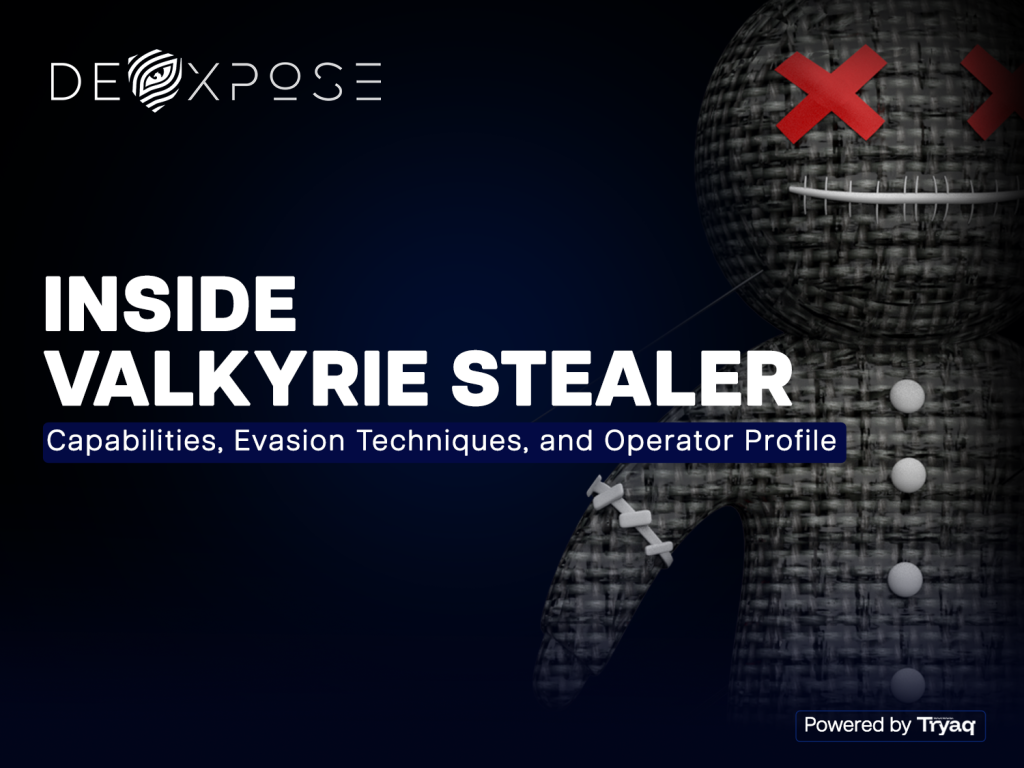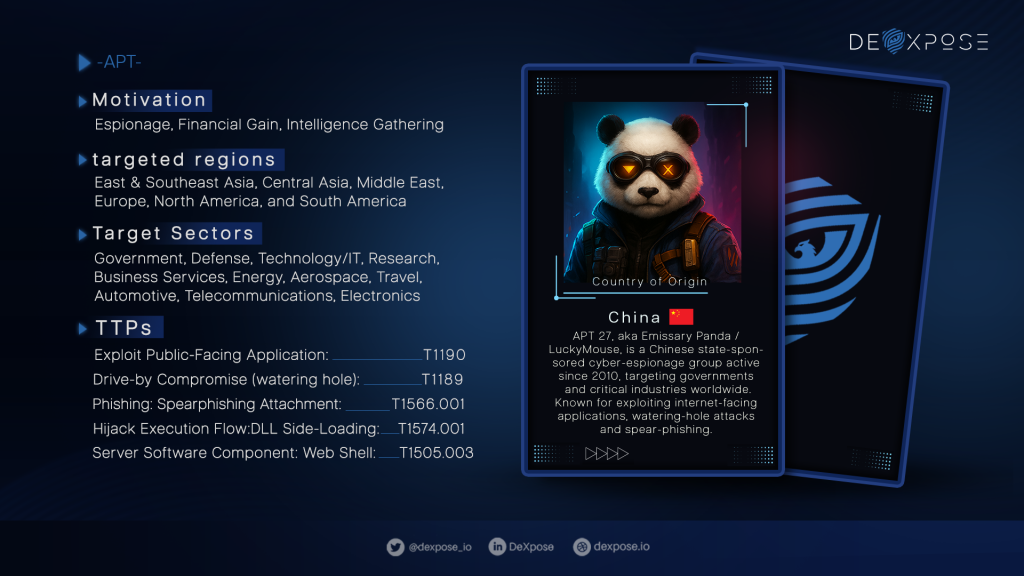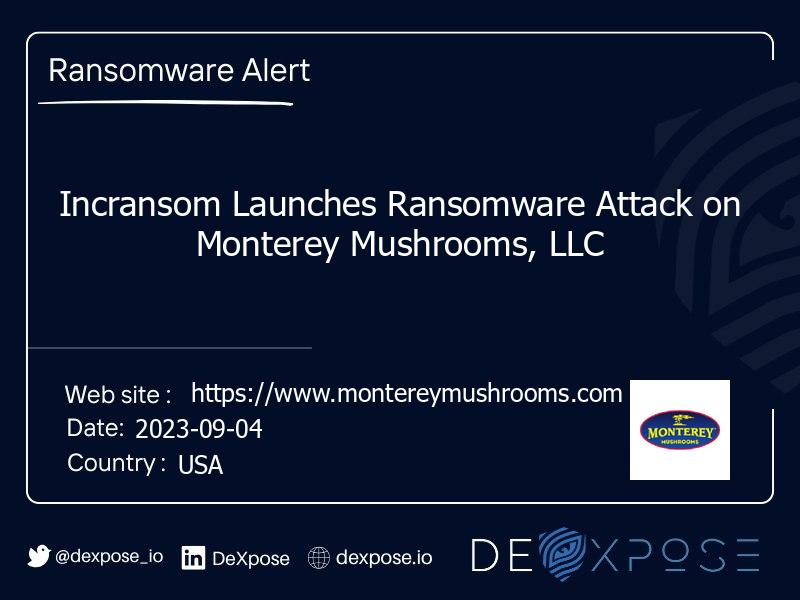In fast-moving DevOps environments, security can’t be a gate checked at the end of a sprint it must be callable, automated, and contextual. A Cybersecurity API enables teams to embed detection, policy enforcement, and remediation directly into CI/CD pipelines and runtime controls, reducing risk as soon as code or configuration changes occur. This approach transforms security from a blocker into an enabler: shifts-left prevention, continuous runtime safeguard, and deterministic incident playbooks become part of the delivery flow rather than waiting for a nightly scan.
In this long-form guide, you’ll get a practical playbook: what a modern security API should do, where to plug it into your pipeline and runtime, how to measure impact, and the governance controls that keep automation safe the result: a repeatable path from concept to production-ready deployment that preserves velocity while lowering enterprise risk.
Why legacy security models fail DevOps velocity
DevOps is built on automation, small changes, and fast feedback. Traditional security models periodic vulnerability scans, manual sign offs, and siloed teams are poorly matched to that tempo. The mismatch creates three predictable problems:
- Blind windows: Intermittent scans miss vulnerabilities introduced between runs.
- Human bottlenecks: Manual approvals and investigation slow releases.
- Context loss: Alerts without code, owner, or runtime context are low signal and slow to resolve.
Programmatic security, exposed through an API like Dexpose, removes those problems by making security actions first-class primitives that developers and orchestrators can call. That enables automated gating, real-time detection, and deterministic responses that align with how modern software is built and operated.
How a security API becomes your DevOps safety net
A well designed security API gives engineering teams the same developer ergonomics they already use for observability, feature flags, and deployment tools. That includes simple SDKs, idempotent calls, clear error responses, and event-driven webhooks.
Core services a security API should provide
- Pre deployment checks integrated into PR pipelines (SAST, secrets detection, policy validation).
- Runtime detection and telemetry ingestion with behavioral analysis to highlight anomalies.
- Enrichment and scoring to attach user, asset, and business context to every alert.
- Programmatic remediation: token revocation, network blocks, or deployment rollbacks executed safely.
Making these capabilities callable changes who takes action: developers, automation playbooks, or platform teams can all trigger the same authoritative security controls, eliminating shadow processes and inconsistent enforcement.
Shift left security preventing issues in the build pipeline
Shift-left isn’t merely “run a scanner earlier.” It’s about integrating fast, focused checks into the developer workflow so feedback is immediate and actionable.
Practical shift-left patterns
- Pre-merge validation: Run targeted scans on changed files only, return structured results, and block merges on high-confidence findings.
- Secrets as code checks: Use ephemeral keys for tests and scan diffs for secrets in every commit.
- Policy-as-code enforcement: Codify access policies and resource configurations into pipeline gates.
Embedding these checks via API ensures the same evaluation logic applies across repos, teams, and pipelines — removing variability and scaling secure defaults.
Continuous runtime protection: detection and containment
Even with perfect shift left practices, runtime anomalies happen. The right API lets you close the gap between detection and containment.

Runtime patterns enabled by an API
- Telemetry driven rules that raise confidence scores instead of raw alerts.
- Automated containment actions for verified incidents (isolate instance, rotate credentials, or throttle traffic).
- Service-aware context so actions are proportionate to the asset’s criticality.
By centralizing detection models, enrichment, and remediation under a single programmatic layer, incident response becomes faster and more consistent.
External intelligence: Deep Web Scanning and Dark Web Monitoring
Attackers trade credentials and data outside your perimeter. To reduce exposure, your security surface must include outside-in intelligence.
A security API that accepts and correlates external indicators including results from Deep Web Scanning and targeted Dark Web Monitoring helps teams detect leaked credentials, stolen data, or chatter about your assets. When a match occurs, automation can:
- Cross-reference the leaked account with your identity directory.
- Raise prioritized alerts with evidence links and recommended containment.
- Trigger credential rotation and session revocation workflows.
Exposing these feeds through an API lets you automate containment with minimal analyst overhead and ties external signals directly to internal remediation logic.
Internal visibility: Insider Threat Monitoring and behavioral analytics
Not all risks come from outside many arise from legitimate credentials acting maliciously or negligently. Insider Threat Monitoring, combined with behavior analytics, identifies abnormal patterns like unusual data access, privilege escalation, or atypical lateral movement.
Key aspects:
- Baseline normal behavior for users and services.
- Generate high-fidelity indicators (anomalous queries, unusual volumes, or off-hours access).
- Map anomalies to business owners and service dependencies for fast context.
When these signals are surfaced through an API, automated triage becomes possible: enrich the alert, assign risk scores, and, where appropriate, trigger containment actions like forcing re-authentication or revoking temporary credentials.
Threat enrichment turning alerts into decisions
Raw alerts create cognitive load; enriched alerts accelerate decisions. A high-quality security API enriches events with:
- Identity context (roles, last password change, session locations).
- Asset criticality and dependency maps.
- Correlated external intelligence from Cyber threat intelligence feeds to identify adversary techniques.
Enrichment reduces the mean time to triage by providing analysts and playbooks with a concise, business-oriented view: who was affected, what data is at risk, and which automated steps should run first.
Email and credential exposure: automated scanning and response
Email compromise and credential reuse are top attack vectors. A proactive approach identifies impacted identities before attackers exploit them.
A security API that supports Email data breach scan capabilities will:
- Match breached addresses to internal users.
- Recommend or automatically enforce MFA, password resets, and session termination.
- Feed incident records into your ticketing and SOAR systems for audit and follow-up.
This reduces attacker dwell time by turning external breaches into quick, auditable containment events.
Where to integrate the API: practical touchpoints
The security API should be consumable by the entire platform ecosystem. Typical integration points include:
CI/CD and source control
Call pre-deploy checks, block risky merges, and attach remediation tasks to PRs.
Container orchestration and runtimes
Enforce microsegmentation, manage runtime procedures, and orchestrate rollbacks when anomalies are detected.
Identity and access management (IAM)
Automate role audits, detect privilege creep, and revoke credentials based on risk signals.
SIEM, SOAR, and ticketing systems
Push normalized alerts to SIEM, trigger SOAR playbooks, and create tickets with complete enrichment for compliance and post-incident analysis.
Practical feature checklist when evaluating a vendor API
When comparing vendor offerings (or building in-house), insist on these attributes:
- High fidelity signals: Minimize false positives with contextual scoring.
- Deterministic actions: Idempotent remediation calls with safe defaults.
- Comprehensive enrichment: Identity, asset, and external intelligence attached to each event.
- Developer ergonomics: SDKs, sample integrations, and good documentation.
- Security of the API itself: RBAC, token management, mTLS, and detailed audit trails.
Selecting an API is not just feature shopping it’s deciding how your organization will make security decisions programmatically. Prioritize outcome-focused features that reduce analyst time and developer friction.
Architecture patterns that scale and remain safe
Adopting a security API is as much about patterns as it is about features. Three proven patterns:
Gatekeeper
Use the API as a CI/CD gate. If a policy violation is detected, the API returns a failure and blocks deployment until remediation.
Watchtower
Stream telemetry to the API for continuous analysis. The API returns confidence scores and suggested remediation without taking action until authorized.
Orchestrator
Integrate the API with a SOAR or platform orchestration layer to execute pre-approved playbooks automatically for low-risk scenarios.
These patterns let you incrementally increase automation without losing human oversight where it matters most.
Operational playbook: people, process, and tooling
Technology alone won’t secure a pipeline. Operational maturity requires:
- Clear runbooks that define what automation can do and what requires human approval.
- Regular training for developers and on-call teams to read and react to enriched alerts.
- Metrics-driven feedback loops to tune detection models and reduce false positives.
Three practical bullets to start with:
- Start with monitoring only mode for new rules; escalate to automated actions after stable performance.
- Use business impact scoring to prioritize automated remediations.
- Hold quarterly tabletop exercises to validate automation and update playbooks.
Compliance, privacy, and lawful collection
When you ingest external data or sensitive telemetry, compliance and privacy controls matter. Best practices include:
- Data minimization collect only what’s necessary for detection and remediation.
- Retention policies aligned with local regulations and audit needs.
- Clear vendor documentation about how external sources (for example, deep and dark web monitoring) were collected and verified.
Vendors should be able to support discovery requests and demonstrate lawful data practices — that’s essential for enterprise adoption and regulator comfort.
Common pitfalls and how to avoid them
Organizations often stumble on a few predictable issues:
- Over-automation without rollback plans: always include fail-safe behaviors and human approvals for high-impact actions.
- Poor developer experience: opaque responses, flaky SDKs, or strict rate limits block adoption.
- Siloed integrations: failing to tie identity, asset inventory, and change tracking leads to noisy, unactionable alerts.
- Ignoring external intelligence means missing early indicators from credential markets and attacker chatter without outside-in signals.
Avoid these by building incremental automation, prioritizing clear developer documentation, and ensuring integrations across your platform.
Real world vignette: reduce dwell time in minutes, not hours
A SaaS platform noticed an unusual spike in database reads after a routine deploy. The observability system flagged the anomaly and streamed telemetry to the security API. The API correlated the anomaly with an external indicator from Cyber threat intelligence, which showed targeted credential sales for one of the service accounts. Automated playbooks executed: revoke the service token, quarantine the instance, and create a prioritized incident with complete enrichment for the on-call responder.
Result: containment and recovery completed in under 30 minutes, avoiding what could have become a multi-day investigation and significant customer impact.
Measuring ROI: what to track
To prove the value of a security API, measure a mix of operational and business-focused metrics:
- Mean time to detect (MTTD) and mean time to remediate (MTTR).
- Number of incidents remediated automatically versus requiring manual work.
- Analyst time saved per incident and reduction in false-positive volume.
- Business outcomes prevented data exposure, avoided downtime, and ensured compliance readiness.
Quantifying these outcomes is vital to sustain investment and demonstrate the API’s role in enabling secure velocity.
Build vs. buy: realistic guidance

There’s no one size-fits all: build if you have unique regulatory needs or deep security expertise; buy if you want rapid access to broad intelligence feeds, including capabilities like a Free Dark Web Report, and vendor-maintained detection logic. A hybrid approach vendor enrichment with internal orchestration is common and practical. Whatever you choose, ensure:
- Your integration model supports automation without sacrificing governance.
- You can clearly map vendor outputs to your asset and identity models.
- The API supports standard protocols and robust SDKs to accelerate adoption.
Scaling adoption across the organization
Widespread adoption requires low friction and trust. Steps to scale:
- Pilot on a small set of services and measure impact.
- Create playbook templates for common scenarios and publish them as reusable components.
- Offer developer-facing SDKs and precise error handling.
- Establish governance to review high-risk automations and adjust policies.
Governance and transparent metrics are the bridge between platform engineering, security, and business stakeholders.
Where to start this quarter: a pragmatic roadmap
If you want to adopt a security API and show value quickly, follow this pragmatic path:
- Week 0–4: Choose a pilot (one app or pipeline), integrate pre-deploy checks, and run in monitoring mode.
- Week 4–12: Add runtime telemetry ingestion and create one automated low-risk remediation (e.g., revoke a stale token).
- Quarter 2: Integrate external feeds (for example, a focused Dark Web Monitoring feed) and align containment playbooks with legal and compliance.
- Ongoing: Expand scope, refine detection models, and publish metrics to stakeholders.
This incremental cadence reduces risk and builds organizational buy-in.
Conclusion
Embedding a programmatic security layer is the practical way to reconcile DevOps velocity with rigorous protection. When security becomes an API-first capability, teams gain predictable enforcement, faster remediation, and richer context for decisions. The missing link in secure DevOps is not a product it’s the ability to make security decisions where changes happen, at speed, with the confidence that actions are safe, auditable, and proportional.
If you aim to keep releasing rapidly without increasing risk, treat programmatic security powered by a Security intelligence API as a core platform capability: start small, measure results, and scale playbooks responsibly. The payoff is faster innovation with demonstrably lower exposure.
Frequently Asked Questions
What does a Cybersecurity API actually do?
It exposes security functions scanning, enrichment, scoring, and remediation programmatically. Teams call the API from pipelines or runtime systems to automate detection and response. That centralizes logic and reduces manual handoffs.
How can external feeds help my defenses?
External feeds surface leaked credentials, targeted chatter, or indicators tied to adversaries. Integrating those feeds lets you prioritize and automate containment when an external signal matches an internal asset.
Will automation break my services?
Automation can disrupt if not governed; use staged rollouts, conservative defaults, and approval gates for high-impact actions. Start with monitoring mode and move toward automated remediations as confidence grows.
Can small teams use this approach effectively?
Yes small teams gain leverage by outsourcing enrichment and detection logic and using simple API calls to apply consistent protections. Even basic CI checks and webhook alerts substantially improve posture.
What privacy or compliance risks should I consider?
Limit data collection to what’s required, apply retention rules, and choose vendors with transparent data collection methods. Ensure contractual and technical controls for lawful handling and discovery support.







